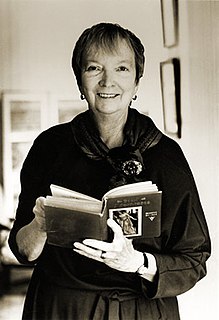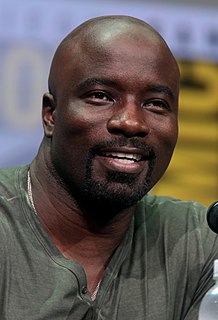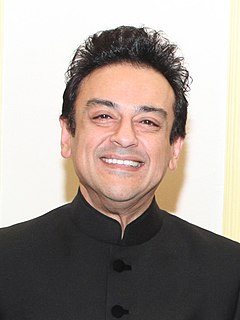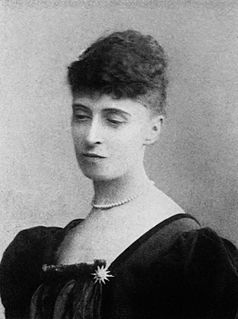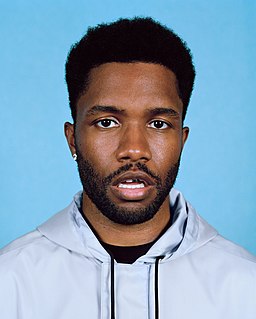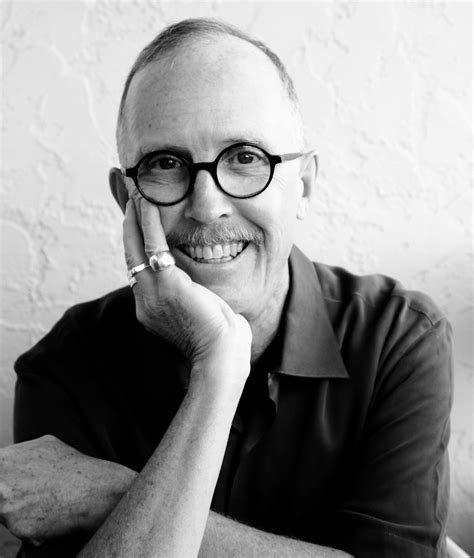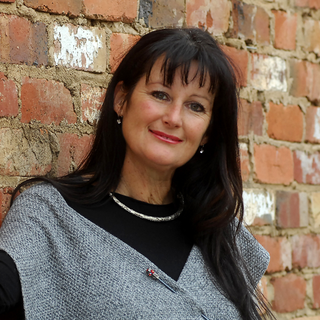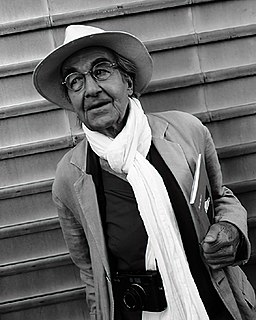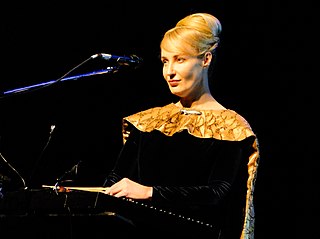A Quote by David Batchelor
Colour is uncontainable. It effortlessly reveals the limits of language and evades our best attempts to impose a rational order on it To work with colour is to become acutely aware of the insufficiency of language and theory – which is both disturbing and pleasurable.
Related Quotes
Language changes. If it does not change, like Latin it dies. But we need to be aware that as our language changes, so does our theology change, particularly if we are trying to manipulate language for a specific purpose. That is what is happening with our attempts at inclusive language, which thus far have been inconclusive and unsuccessful.
It is the artist's responsibility to be the oracle, to abstract where you are - that is our responsibility - we're not there to look glamorous. We're there to tune into the frequency of the Earth and the connective tissues of those things that we are responding to - language, colour, costume, literature, poetry, cuisine, perfume - these are the things that make up the desire to throw paint on a canvas, these are the things that create the excitement for building a new language!

